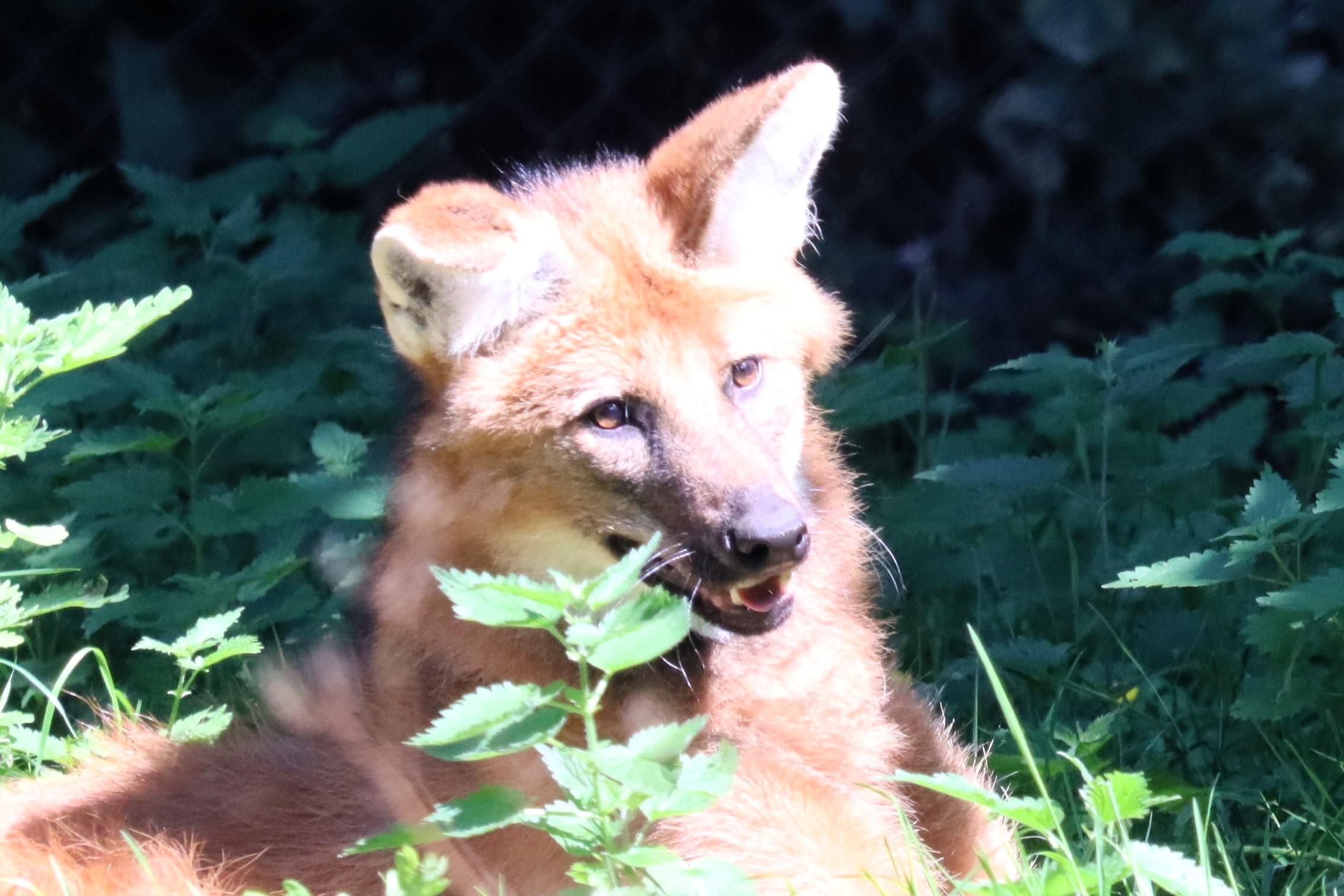Understanding canine aggression can be a daunting journey for pet owners, yet it is a vital aspect of nurturing a harmonious relationship with our four-legged companions. In this article, we will explore the intricacies of aggression in dogs and address the pressing question: can it truly be cured? With a blend of expert insights and compassionate guidance, we aim to equip you with the knowledge needed to comprehend the roots of aggressive behavior and the potential paths to managing or mitigating it. Join us as we delve into practical strategies and heartwarming success stories, all with the goal of fostering a safe and loving environment for both dogs and their humans. Whether you’re a seasoned dog owner or a newcomer to the world of pets, this guide is designed to offer clarity, hope, and encouragement on the journey to understanding and addressing canine aggression.
Understanding the Roots of Canine Aggression
Delving into the underlying causes of canine aggression is crucial for understanding how to manage and potentially alleviate it. Aggression in dogs can stem from a variety of sources, each requiring a tailored approach. Often, it is a response to fear, anxiety, or past trauma, manifesting as a defensive mechanism. In other instances, aggression may be linked to territorial instincts or a need to assert dominance. Recognizing these triggers is the first step toward addressing the behavior effectively.
To identify the roots of aggression, consider these common factors:
- Genetics: Some breeds have a predisposition to aggressive behaviors.
- Environment: A dog’s surroundings and experiences can significantly impact their behavior.
- Socialization: Lack of exposure to different people, animals, and situations can lead to fear-based aggression.
- Health Issues: Pain or medical conditions might cause a dog to react aggressively.
By understanding these elements, owners and trainers can work towards a strategy that addresses the root causes, employing a mix of behavioral training, environmental adjustments, and, if necessary, professional intervention. A patient, informed approach can pave the way for meaningful improvements in behavior.
Creating a Safe and Nurturing Environment
To address aggression in dogs effectively, it’s crucial to establish a space where they feel secure and valued. A harmonious environment fosters trust and helps in reducing stress-related behaviors. Begin by ensuring that your dog’s basic needs are met: a comfortable resting area, consistent feeding times, and regular exercise. These elements lay the foundation for a stable routine, which is comforting for dogs. Additionally, create a designated area for them to retreat when they feel overwhelmed. This sanctuary should be free from excessive noise and disturbances, allowing them to decompress in peace.
- Consistency: Maintain a predictable daily schedule to reduce anxiety.
- Positive Reinforcement: Reward good behavior with treats or affection to encourage a sense of security.
- Safe Spaces: Designate a quiet corner with their favorite toys and bedding for relaxation.
- Regular Socialization: Gradually introduce them to new people and pets to build confidence and reduce fear-based aggression.
By nurturing a stable environment, you’re not just addressing the symptoms of aggression but are also paving the way for a happier and more balanced life for your dog.

Effective Training Techniques for Managing Aggression
Understanding and managing aggression in dogs requires a compassionate approach and a strategic plan. One of the most effective techniques is positive reinforcement. This method involves rewarding desired behaviors, which can help redirect a dog’s focus from aggressive tendencies. Consistency is key, as it helps in establishing a predictable environment where the dog knows what to expect and what is expected of them.
Behavior modification is another crucial technique, which often includes:
- Desensitization: Gradually exposing the dog to triggers in a controlled manner to reduce fear or anxiety.
- Counter-conditioning: Changing the dog’s emotional response to a stimulus by pairing it with something positive.
- Training sessions: Keeping them short and engaging to maintain the dog’s attention and reduce stress.
Additionally, incorporating physical exercise and mental stimulation can help channel a dog’s energy into more constructive activities, reducing the likelihood of aggressive outbursts. Always remember to be patient and seek professional help if needed, as each dog is unique and may require a tailored approach.

Long-Term Strategies for a Happier, Healthier Dog
Building a nurturing environment for your dog is a cornerstone for fostering a happier and healthier life. Start by ensuring they have a balanced diet tailored to their specific needs. High-quality nutrition not only supports physical health but also contributes to a stable mood and energy levels. Consider consulting with a veterinarian to select the best diet for your furry friend.
Regular exercise is another vital component. Engage in activities that challenge both their body and mind. This can include daily walks, interactive play sessions, or even agility training. Alongside physical activities, mental stimulation is crucial. Incorporate puzzle toys, training sessions, and obedience games to keep their minds sharp and engaged. Remember, a tired dog is a happy dog!
- Provide a comfortable resting area.
- Ensure regular health check-ups.
- Maintain a consistent routine to provide stability.
- Offer socialization opportunities with other dogs and people.

